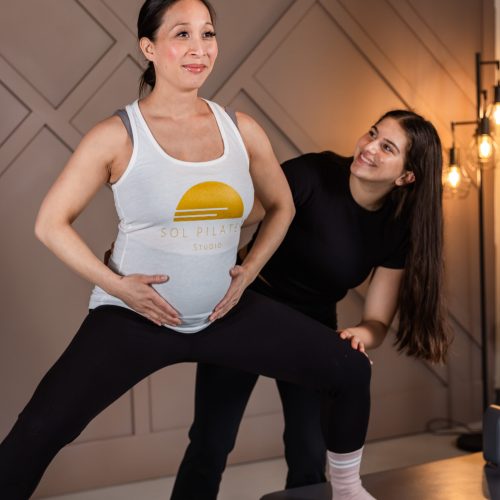- 5/5 Google Rating (50+ Reviews)
- Join 1,200+ Sol Pilates members
SCULPT YOUR BODY AT st. petersburg'S BEST REFORMER PILATES STUDIO
Our Reformer Pilates classes use state-of-the-art equipment to challenge your strength, flexibility, and balance—all in a safe, low-impact format perfect for all levels.
**Access Limited. Sign Up while Spots Still Available
our clients love us
Reformer Pilates Classes
-
Personalized 1:1 Attention
-
Focus on Form and Balance
-
Free Pilates Socks (value: $15)
Average Tampa STUDIO
-
Large Group Classes with 15+
-
No 1:1 Focus with Instructors
-
No Free Acessories Included
Sol Pilates is for you if...
Neglecting Self-Care?
Are you putting everyone else’s needs ahead of your own? Sol Pilates is the perfect way to prioritize yourself and rediscover how great self-care can feel.
Bored by the Same Old Workouts?
Are you uninspired by your fitness routine? Our engaging Pilates classes make movement fun again, giving you something to look forward to each week.
Frustrated by Workouts?
Have you tried classes that leave you feeling out of place or pushed too hard? We meet you where you are, tailoring each workout to your experience and needs so you can feel confident and in control.
Disconnected from Your Body?
Do you feel out of sync, struggling to find balance and alignment? Sol Pilates will help you reconnect with your body through mindful movement, building a harmonious relationship with yourself.
Tired of Fitness Burnout?
Have you given up on intense workouts that drain you instead of energizing you? Pilates provides a gentle yet effective alternative, delivering results without the exhaustion.
Want Community?
Do you feel unsupported in your efforts to stay active? At Sol Pilates, you’ll find a community of like-minded women cheering you on, creating an uplifting environment where you can thrive.
Afraid of Losing Strength?
Are you worried about staying strong and mobile as you age or go through life’s transitions? Pilates adapts to every stage, helping you stay confident and capable, no matter what life brings.
Struggling with Chronic Pain?
Are you tired of waking up with a sore back or stiff shoulders? At Sol Pilates, we target pain points while strengthening your body, reducing discomfort, and preventing future injuries.
Why Choose Sol Pilates?
Discover the Excellence at Sol Pilates!
At Sol Pilates, we’re dedicated to delivering an exceptional studio experience. Our small class sizes provide personalized attention from our certified trainers, deeply invested in your fitness journey. We foster a welcoming community where everyone can flourish, no matter their fitness level.
- Beginner Pilates Classes with Big Results: With only 8 people per class, you get the personalized attention you deserve to see faster progress.
- 1:1 Private Pilates Classes: Get personalized attention to perfect your form. Choose from our array of reformer pilates, flow pilates, stotts pilates, HIIT pilates, sculpt pilates, cadillac pilates, and more.
- Tailored for You: Our certified instructors create customized Pilates workouts based on your unique goals and fitness level, ensuring every class is designed for your success.
- Expert Instructors, Proven Results: Our trainers have years of experience in transforming clients’ bodies and minds. Get the expert guidance you need every step of the way.
What to Wear
What to Bring
When to Arrive
What to Say
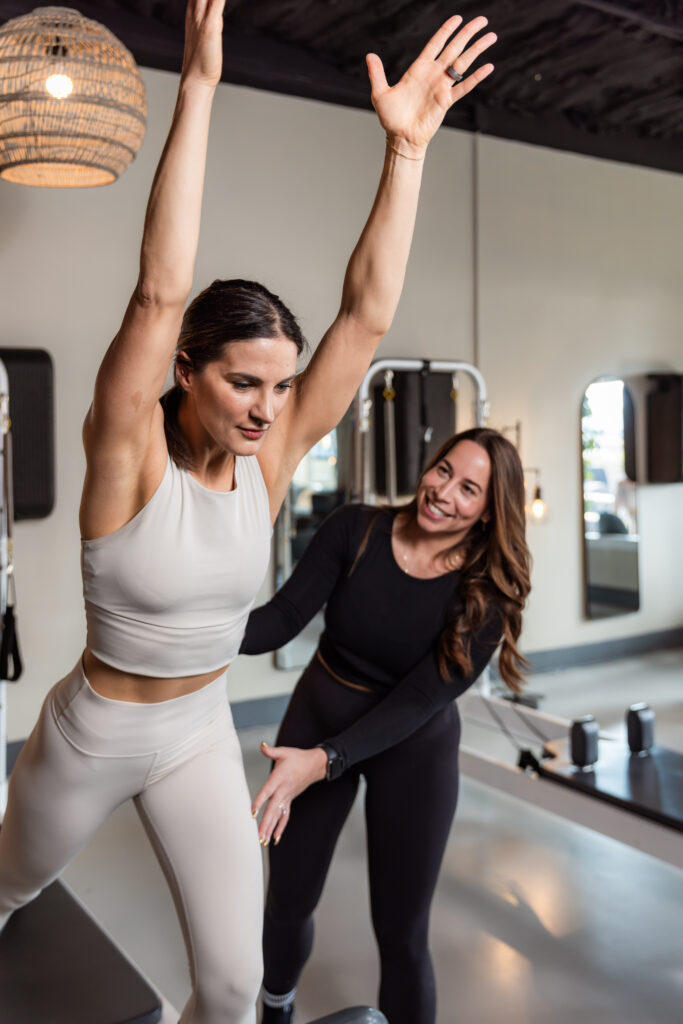
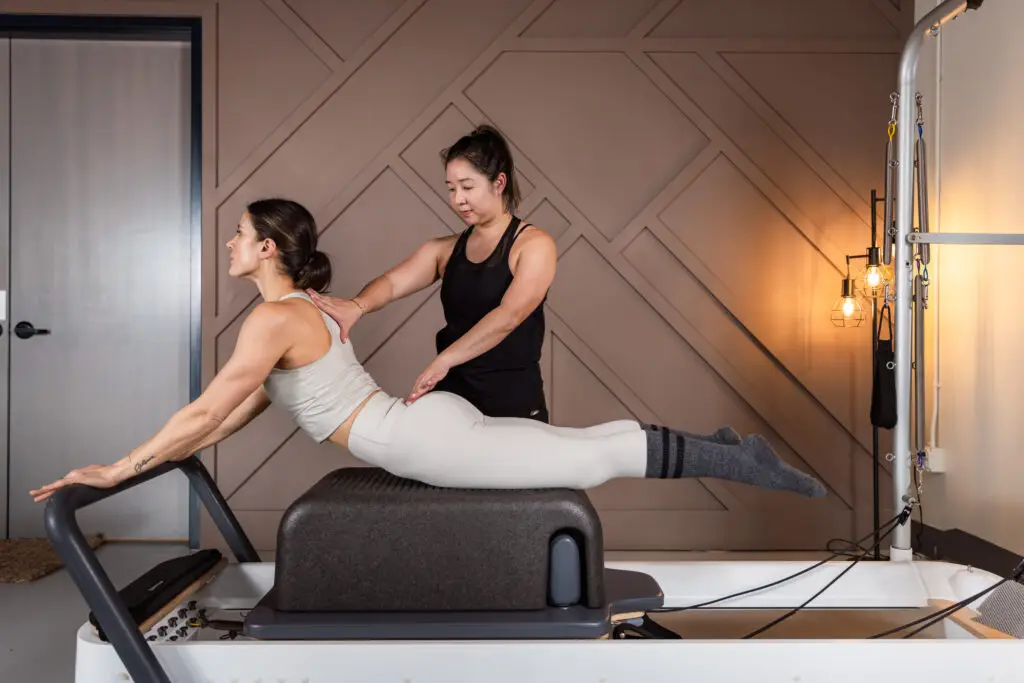
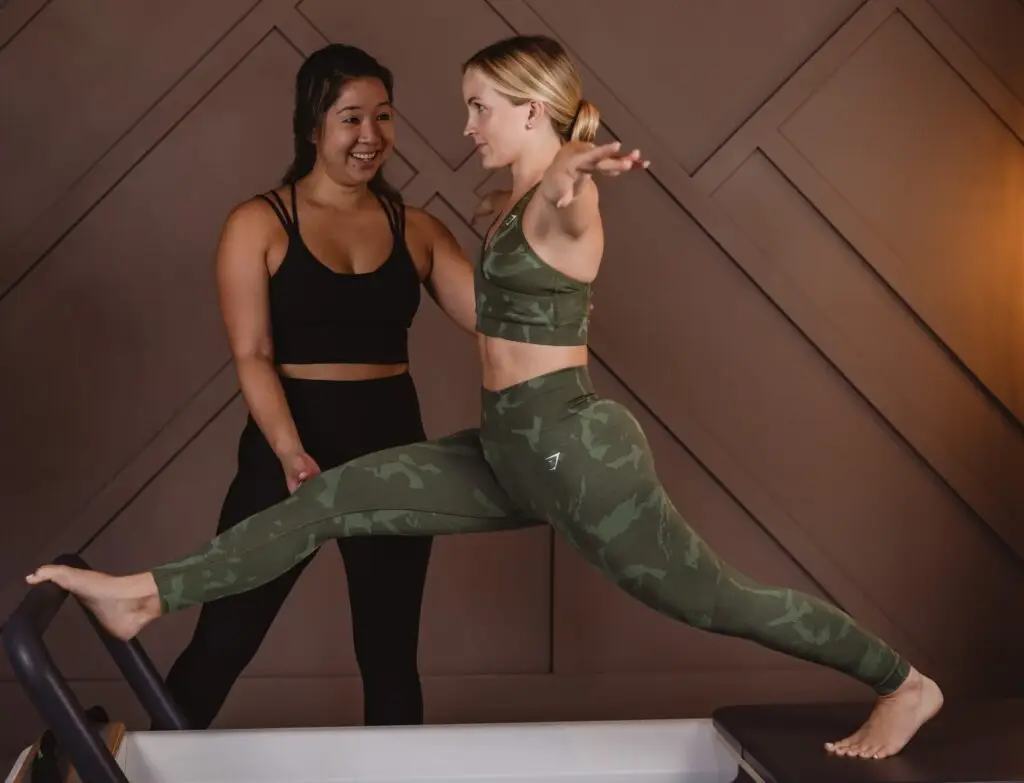
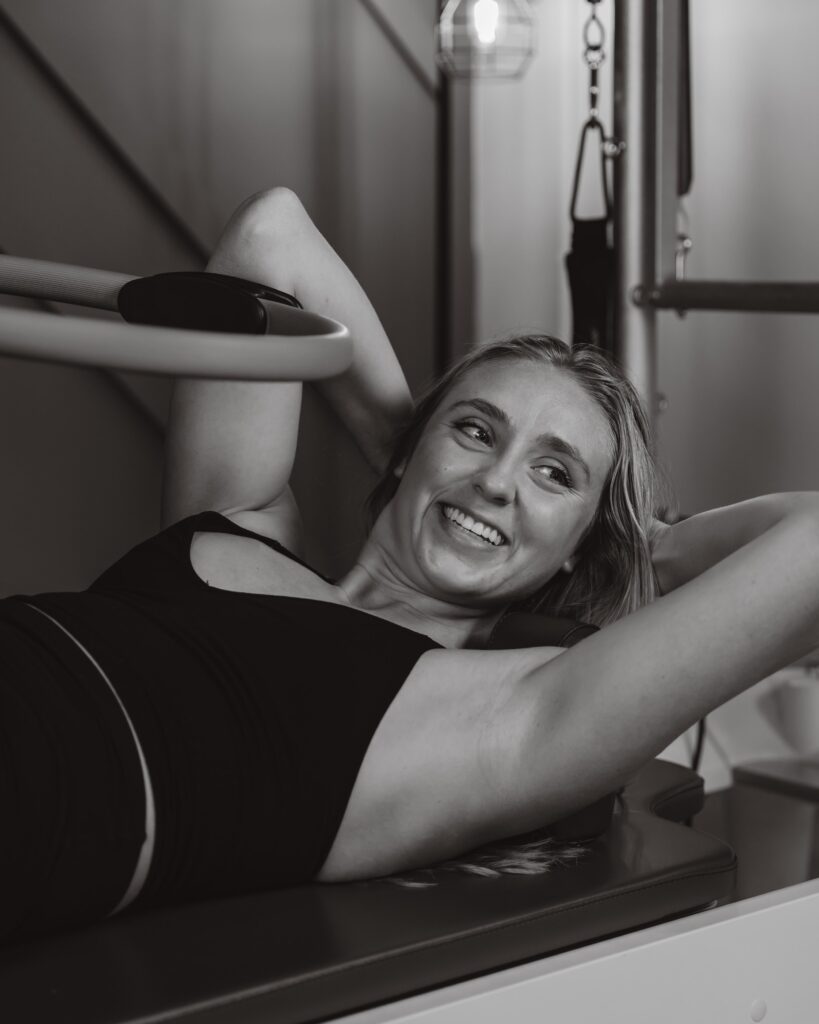
start Your Sol Pilates Journey Today!
For anyone, any age, any stage!
